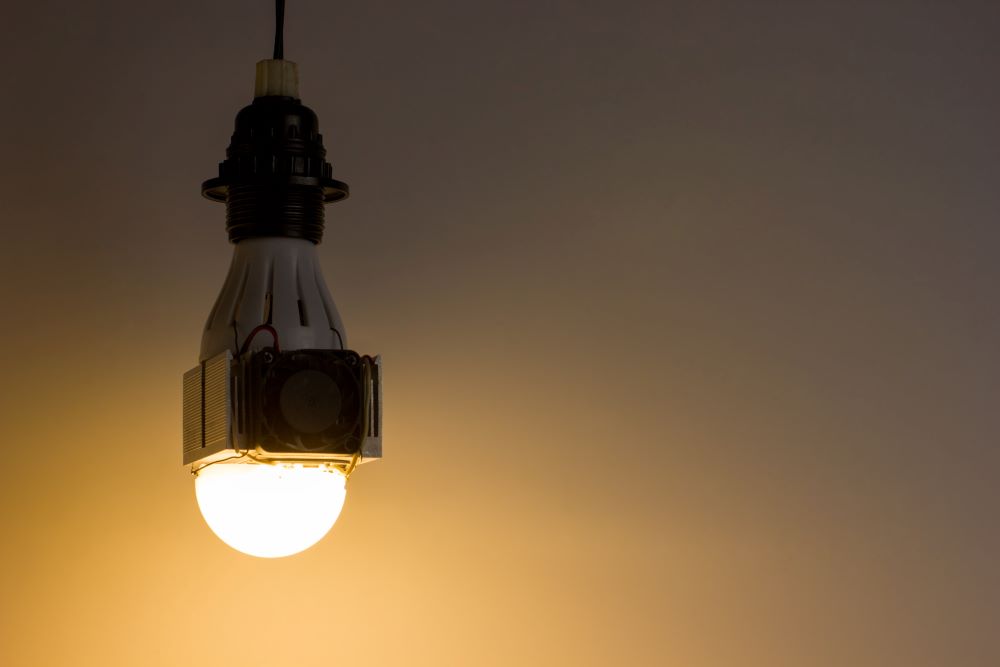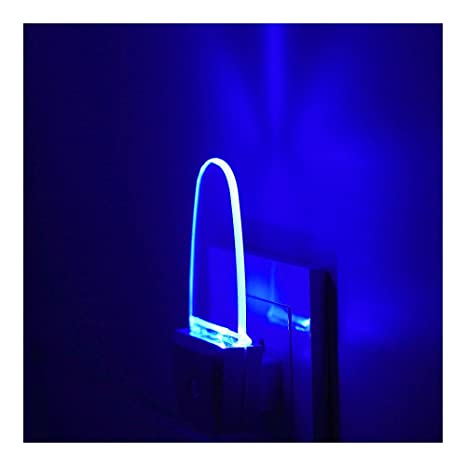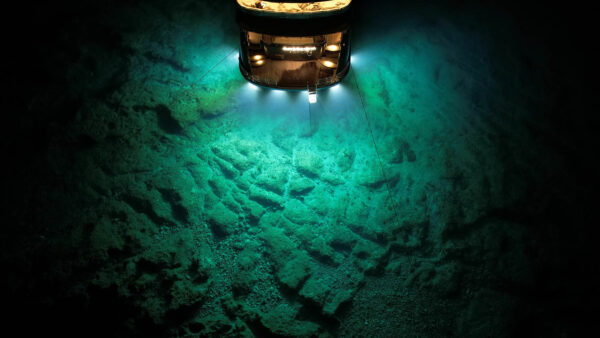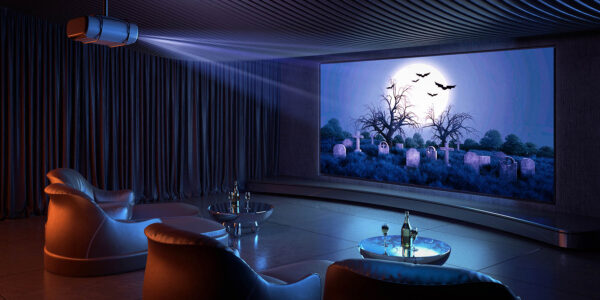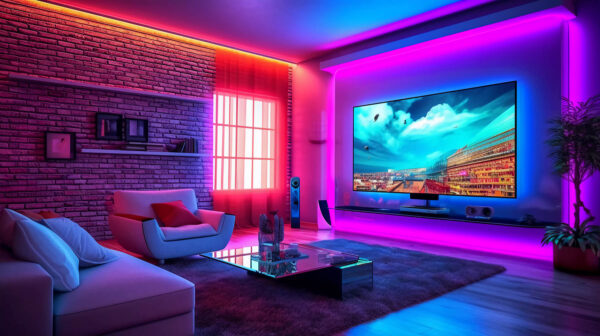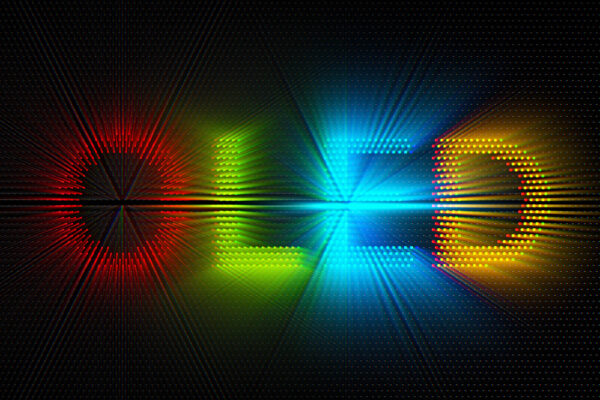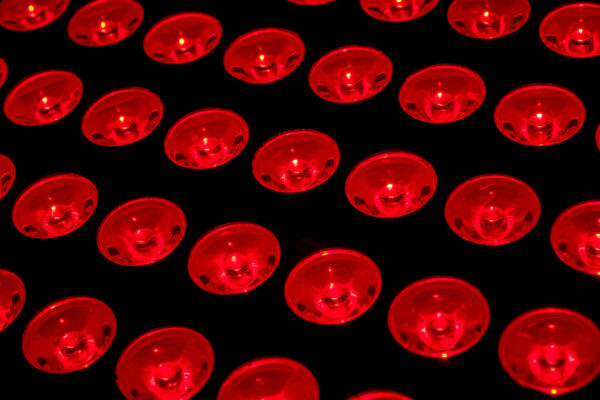From its first inception, artificial lighting has been notoriously inefficient. The first generations of incandescent lighting converted less than 5% of electrical power input into light, with the remaining power being dissipated as excess heat. Over time, efficiency improvements improved that number only slightly for incandescent fixtures but new lighting technologies, including LED systems, made better efficiency gains. Modern LED bulbs can achieve efficiencies of up to 45%. The critical component for all lighting systems continues to be thermal management and control of the excess heat that a light fixture and system generate.
The bulk of the excess heat in an incandescent fixture is generated in the light bulb and lighting filament itself. In contrast, LED light bulbs remain relatively cool, but LED semiconductor control circuitry gets very warm. This is a common situation for all semiconductor uses, as most individuals will understand, for example, if they have felt the warmth of a laptop computer when it is perched in their laps. Over time, that heat will impair the performance of the semiconductor control circuitry and reduce the efficiency of the LED fixture itself. Engineers manage and control this excess heat by increasing the exterior surface area of LED semiconductor control circuitry to facilitate more effective heat transfer away from the system.
Heat transfer technology relies on both active and passive cooling of semiconductor structures that generate excess heat. Active cooling most often involves using a fan that blows air over a hot surface to achieve convective cooling. Fans are impractical in multi-fixture LED lighting systems, and lighting engineers rely almost exclusively on passive cooling of those systems with aluminum heat sinks that draw excess heat away from control circuitry. Those heat sinks are better able to dissipate excess heat when they include fins, which give the heat sink the necessary greater surface area.
The methods and materials used to attach a heat sink to semiconductor circuitry will affect the sink’s ability to dissipate excess heat. Engineers have learned to use more conductive materials such as copper, as well as more effective thermal adhesives and grease to eliminate air pockets that might otherwise impair heat transfer between a heat sink and a semiconductor material. Some LED manufacturers use proprietary thermal management materials and techniques to achieve superior excess heat transfer from LED fixtures and systems.
Engineers have at least three options for heat sink placement and attachment in LED lighting systems. The first option – attaching a heat sink directly to an LED light casing – is ineffective because the casing is not the primary source of excess heat buildup. Attaching the heat sink directly to a circuit board also removes some, but not all of the excess heat. LED lighting includes a circuit board and the LED, with the LED being encased in a lamp. The best thermal management in an LED lighting system happens when a heat sink is attached to the LED itself, which is the primary source for heat buildup.
LED lighting systems and fixtures will generally not fail suddenly or catastrophically, but ineffective thermal management will degrade their performance over time. Leading LED companies have dedicated a substantial portion of their engineering efforts to controlling excess heat in their systems to achieve optimum performance over a longer period of effective use.

